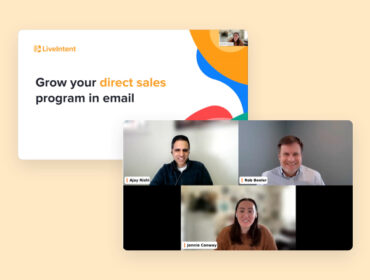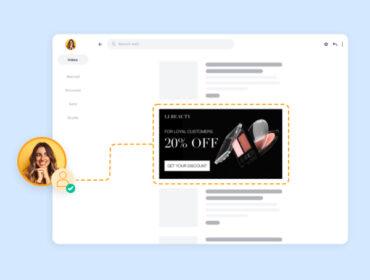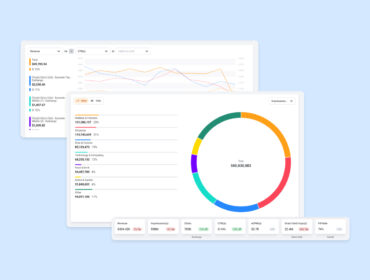The 3 perks of owning your newsletter program
The value of email newsletters is indisputable. Email newsletters allow businesses to reach their most dedicated customers — those who opted-in to receive more news and information about products and services — and drive engagement. That’s one of the reasons why 81% of marketing professionals worldwide send email newsletters, even more than those who send product emails (75%) and email-based sales or promotional content (72%).
When contemplating an email newsletter program, whether your business currently has one in place or is planning to implement one, there’s much to consider to ensure success. Understanding one’s audience, like their interests and needs, can help your businesses make the most of an email program — and even monetize it.
Below we share three benefits to owning your newsletter program and how to make the most of it.
Today, most consumers no longer reach for the morning paper. Instead, they start the day with email. In fact, Americans spent about 172 minutes checking their personal email every day in 2021, and it remains “one of the most widely used (digital) tools for communication.” By 2025, it’s expected that the number of email users worldwide will reach 4.6 billion.
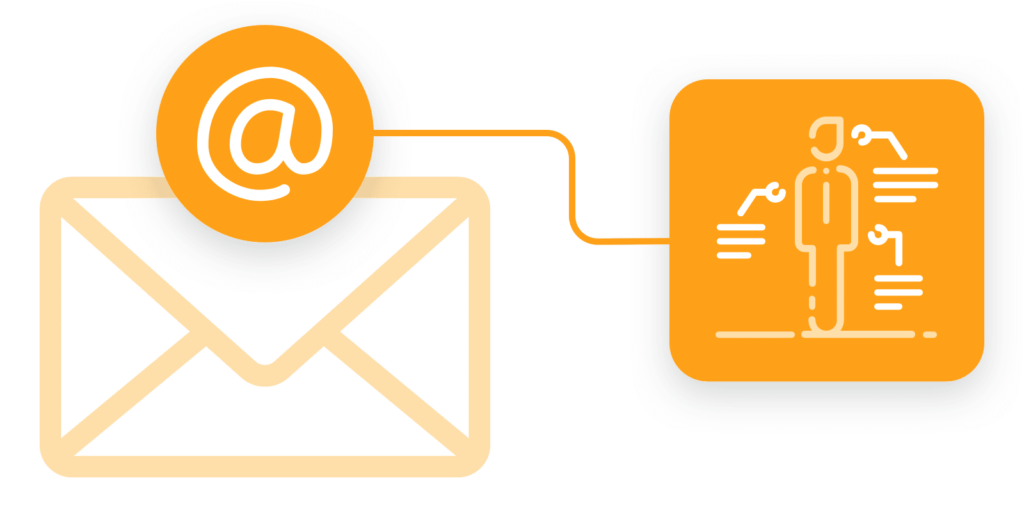
In addition to building up a first-party dataset by collecting email addresses and information from subscribers, your organization can use newsletters to understand better consumer interests and intent by assessing which aspects of your newsletters your audience is most interested. Furthermore, you can use those insights to inform other marketing and engagement strategies.
Email is a direct channel to your customers and, as mentioned, can help you forge stronger customer relationships. One of the ways through which businesses can achieve this is by ensuring email content is personalized and relevant. Using first-party data to unlock insights that indicate consumer interest and intent can help shape your content strategy and inform audience segments. Using data in this way helps deliver more personalized messaging and experiences.
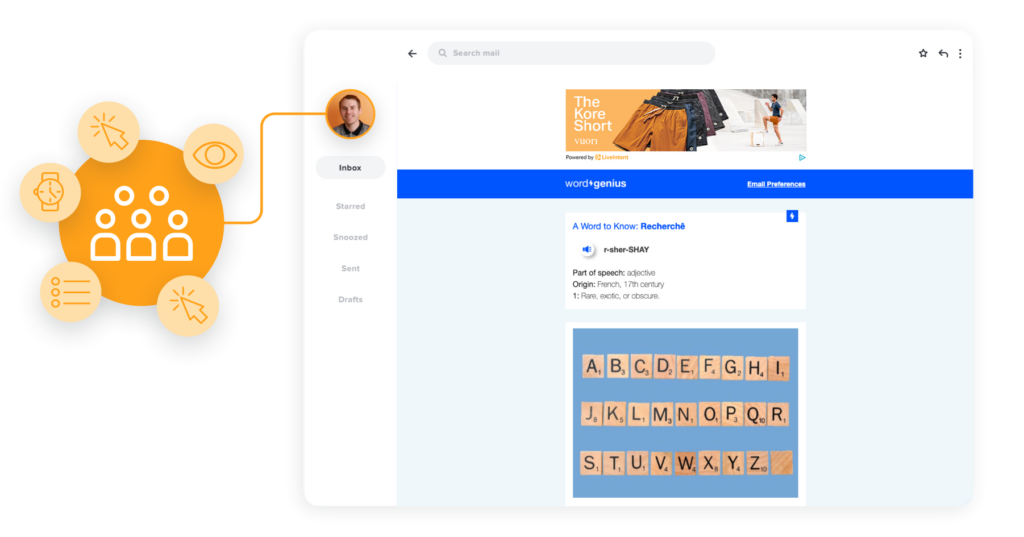
Remember to assess the health of your customer relationships and the efficacy of personalization efforts from time to time. You can do this by examining traffic to your site from your email newsletter and other KPIs that shed light on engagement.
If engagement is falling, a good approach might be partnering with other content creators or personalities to deliver more value, increase engagement, and drive retention. By partnering with a media personality, journalist, or content creator, you can provide more entertaining, informative, high-quality content that readers find more relevant or captivating.
Email can unlock net-new revenue
Email newsletters are more than just a content distribution channel. You can monetize every marketing email you send with ads in email newsletters.
Of course, there’s no single formula for success when it comes to monetization; it all depends on your audience and what they’re looking for from your business. One effective strategy, however, is to monetize your content by packaging up first-party audience data already at your disposal and presenting it to potential advertisers.
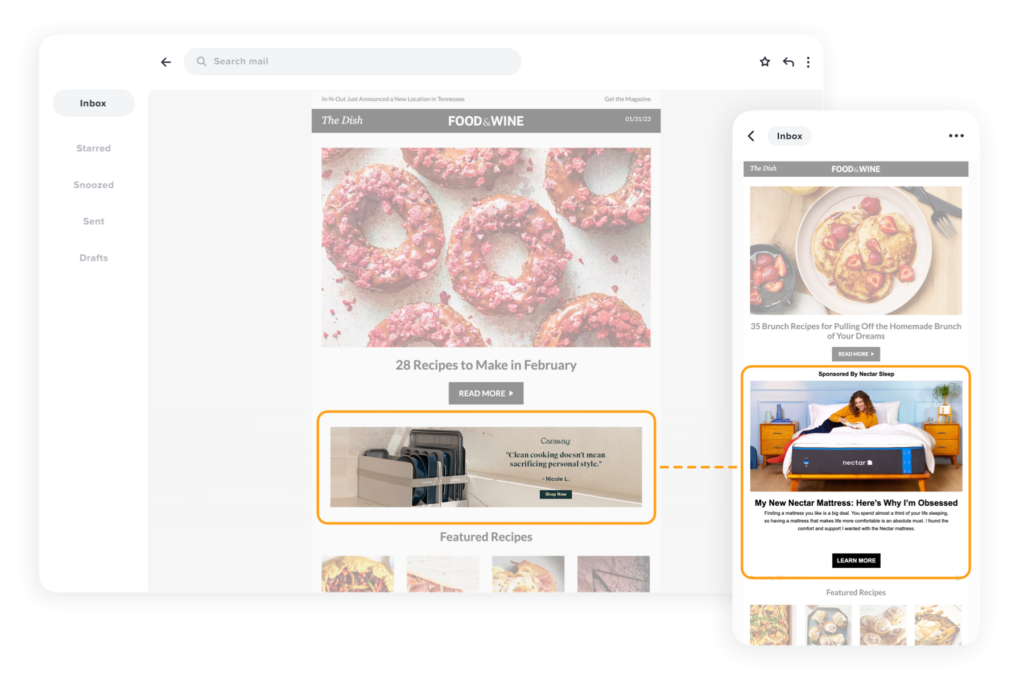
Publishers, brands, and retailers can unlock net-new revenue by placing ads in email newsletters and selling inventory to advertiser partners. With 49% of consumers wanting weekly promotional emails, monetizing all those messages makes sense. Furthermore, because email newsletters are a cookieless environment, email presents a revenue stream that the demise of first-party cookies won’t disrupt.
For advertisers, buying ads in newsletters offers a chance to align themselves with trusted, high-caliber content and audiences. Moreover, Native ad units can blend seamlessly into emails, giving audiences a more enjoyable newsletter experience. With native ads, businesses can boost customer engagement and increase ad revenue.
